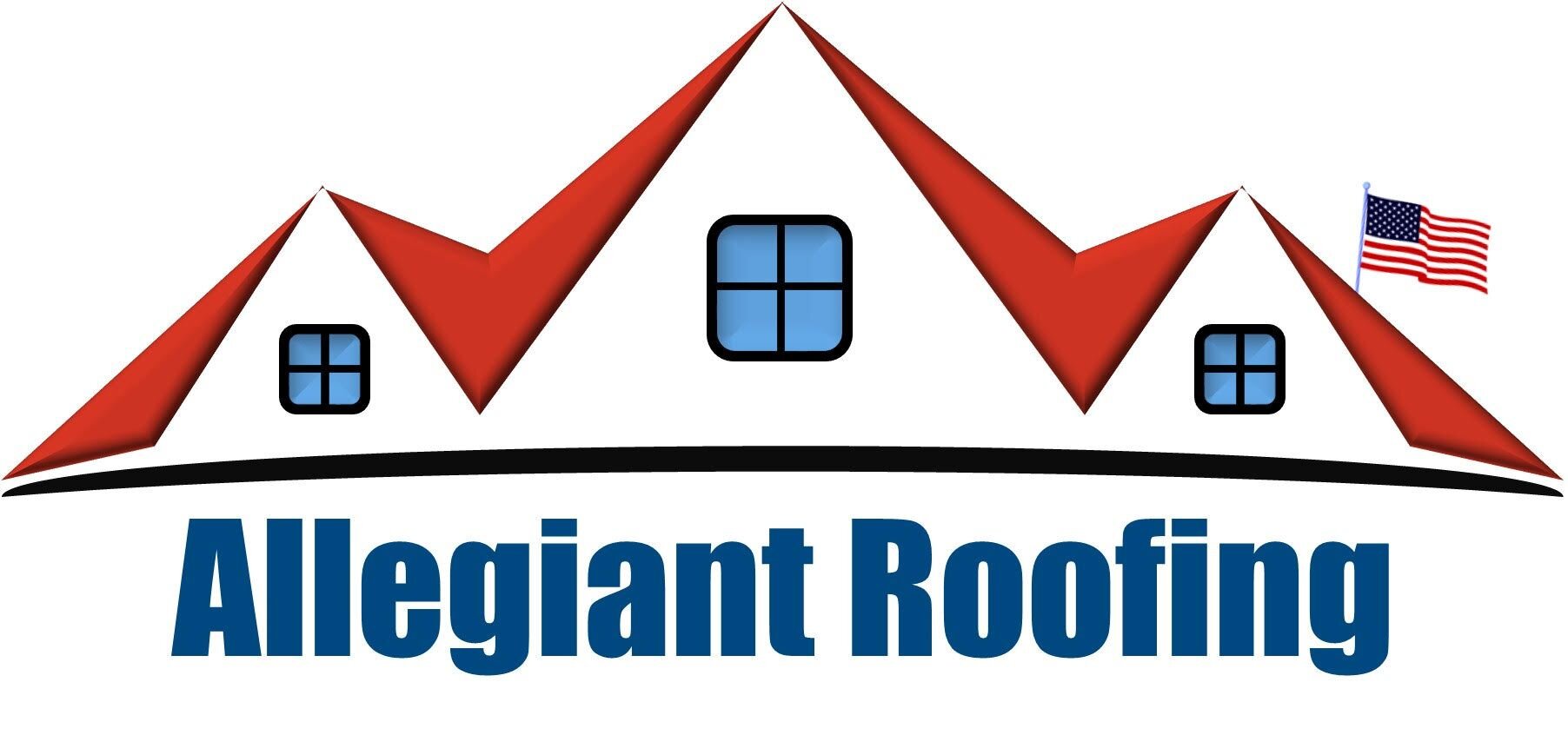Although the homeowners have recently really begun to understand the benefits of having a green roof; it’s not a new concept. Keeping in mind the increasing popularity of green roofs among the homeowners we have listed some useful tips that can help you to take care of your green roof.
Green roofs, like gardens, need some amount of maintenance and the type of green roof you have will determine the amount of care that is required. An intensive green roof may require more care than an extensive or semi-intensive/hybrid one.

Tips for green roof maintenance
Clear debris
Plants need sufficient sunlight to grow. If there is a debris cover over them than your green roof plants will be deprived of sunlight and would eventually die. Dead foliage or anything that is desiccated and brown should be removed from the roof.
Keep the drainage areas clear of plants
The graveled areas around the drain outlets, border around the edge of the roof, and other roof penetrations should be kept clear of all vegetation and plant life. Drains can get clogged up with the plants growing near it, which will completely defeat the purpose of having a drain on the roof.
Weed out unwanted plants
The soil comes with weeds and it is important to remove them to let the saplings or new plants establish. If you let the weed grow than the plants will get crowded out and you will end up having your roof full of dead plants. Also, keep in mind that seeds carried by wind and dropped by birds unavoidably find their way into your green roof. Some of the seedlings are fine and can be left as is, however, a few like a budding oak tree are not desirable. In most cases, a roof garden will not be able to support the weight of the oak tree. Therefore, you should keep a check on such unwanted vegetation.
Add compost biannually
It is vital to add a nutrient-rich compost twice a year preferably in spring and autumn. This helps in replenishing the soil and also provide plants with important nutrients.
Do not overwater the plants
Watering of a green roof should be done cautiously since water is heavy and can create additional weight on the roof. For a light-weight roof, medium-size plants i.e. 4-6 inches or desert-type plants are ideal as they would require less water. Depending on how much rain you get, experiment with plant types where you can continue without watering plants for longer periods. In case of a pitched roof, you can water from the top so that water can trickle down through the plants at the bottom.

Keep an eye on pests and diseases
Watch out for any pests of infestation on your green roof. While green roofs attract insects and increase biodiversity but sometimes unwanted pests can come along. So it is advisable to take care of that to avoid any damage to plant life.

Last but not the least, try and maintain a log or a diary to schedule a check-up of your roof garden. This will help you to make a note of what plants do best on your roof’s environment.
To learn more about green roofs and other roofing solutions click here.
